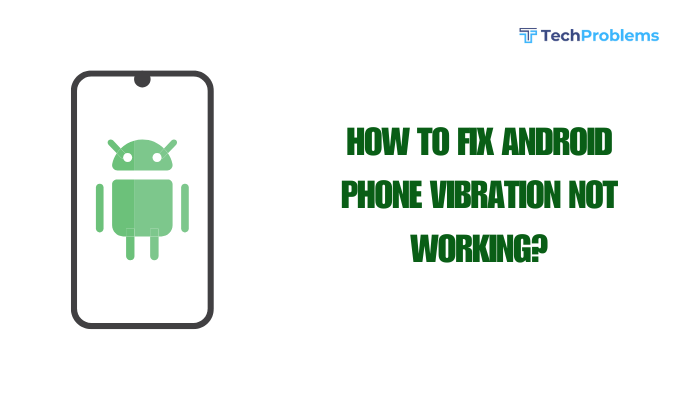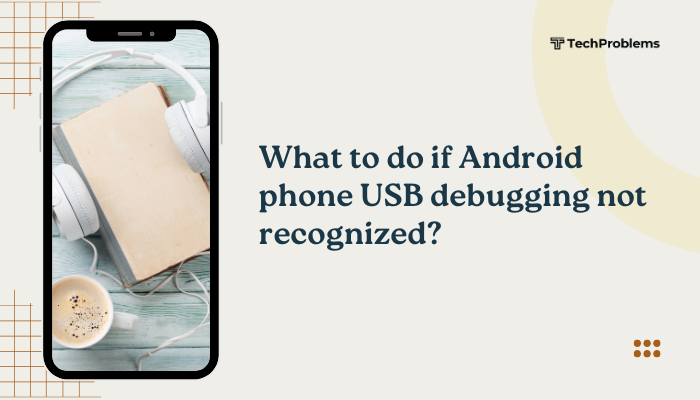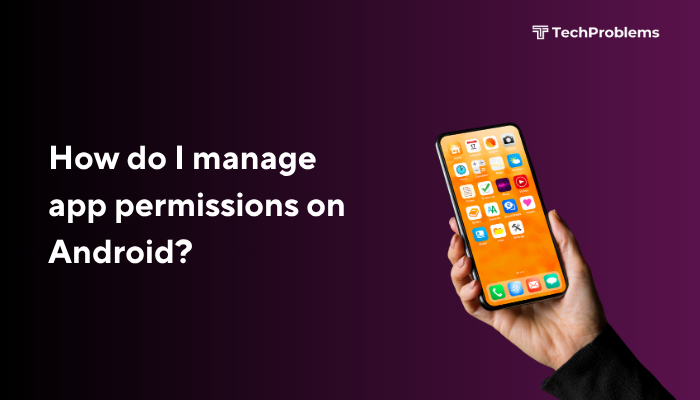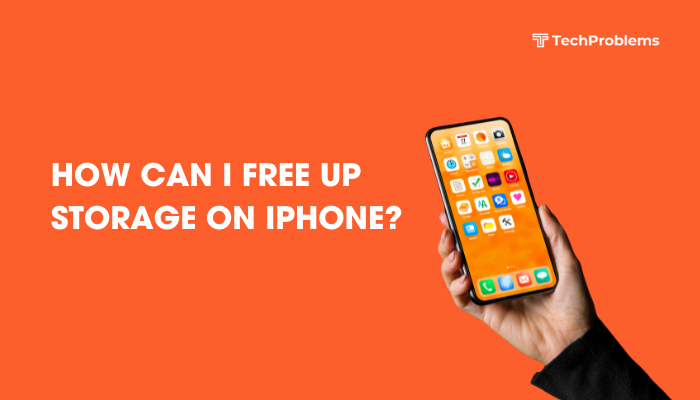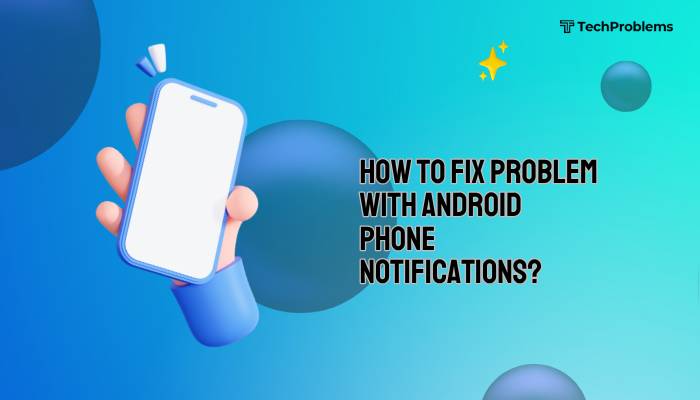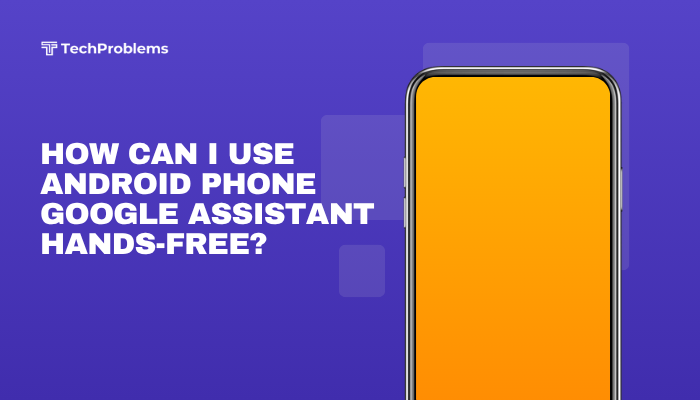Android’s split-screen (multi-window) feature boosts productivity by letting you run two apps side by side. When it stops working, you can’t multitask effectively. This 1,500-word guide covers every fix—from simple checks to advanced settings—so you can restore split-screen functionality reliably.
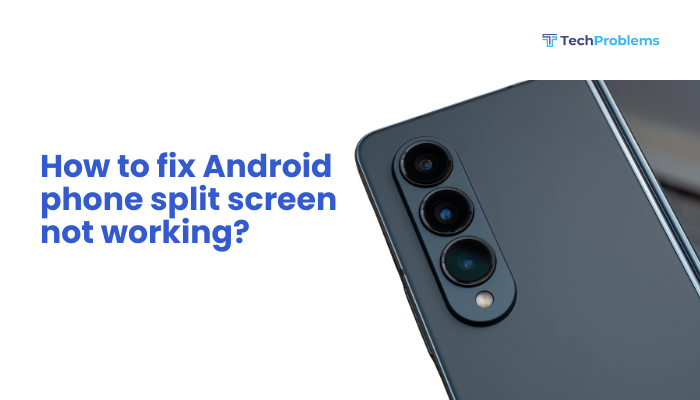
Why Split Screen May Fail
Before troubleshooting, understand the common reasons split-screen refuses to engage:
- App Incompatibility: Not all apps support multi-window mode.
- Wrong Gesture or Method: Using an outdated method for your Android version.
- System Glitches: Temporary software hiccups can disable gestures or features.
- Insufficient Resources: Low RAM can prevent Android from splitting the screen.
- Developer Restrictions: Certain device configs or developer options disable resizable activities.
- Custom Launcher Limits: Some third-party launchers don’t support multi-window.
Identifying which of these issues applies helps you choose the right solution.
Confirm App Support for Split Screen
Why This Matters
Android only allows split-screen when both apps declare multi-window support in their manifest. Unsupported apps—especially games or camera apps—will never split.
Steps
- Open Recent Apps: Swipe up from the bottom (or tap the Recent Apps button).
- Check App Icon: Long-press the app’s icon or preview; if you see “Split screen”, it’s supported.
- Try Another App Combination: Test with two known compatible apps (e.g., Chrome and YouTube).
- Identify Unsupported Apps: If your desired app lacks the option, you cannot force split-screen natively.
Tip: Look for Android’s official compatibility list or check the Play Store description—developers often note multi-window support.
Enable Split Screen Mode Properly
Why Correct Method Matters
Android versions and manufacturer skins differ in how you activate split-screen. Using the wrong gesture yields no result.
Steps
- Recent Apps Screen:
- Stock Android (10+): Swipe up and hold or tap Recent.
- Samsung One UI: Tap Recent then tap the app’s icon.
- Activate Split-Screen:
- Tap Split screen or Open in split screen view.
- The first app moves to the top (or left).
- Select Second App:
- Choose another app from Recent or Home.
- Drag its window into the other half.
Pro Tip: On some devices you can drag an app preview to the top of the screen to immediately split.
Restart Your Phone
Why This Helps
A quick reboot clears temporary caches, resets system services, and often restores disabled gestures or features.
Steps
- Press and Hold Power: Until the power menu appears.
- Tap Restart (Reboot): Allow the phone to shut down and power back on.
- Test Split-Screen Again: Open two compatible apps via Recent Apps.
Note: If you use a third-party launcher, restart may also reinitialize its background services.
Update Android OS and Apps
Why Updates Matter
Bug fixes in system updates or app versions can restore multi-window functionality.
Steps
- System Update:
- Go to Settings > System (or About phone) > System update.
- Tap Check for updates; download and install any available.
- App Updates:
- Open Google Play Store > Profile icon > Manage apps & device.
- Under Updates available, update your frequently split apps (e.g., Chrome, Gmail).
Hint: Major Android upgrades sometimes reset your split-screen settings—always re-enable after an OS update.
Clear Default Launcher Settings
Why This Matters
If your launcher is glitching, split-screen commands may not register.
Steps
- Settings > Apps & notifications > See all apps.
- Locate your Home or Launcher app (e.g., Pixel Launcher, One UI Home).
- Tap Storage & cache > Clear cache.
- If no change, tap Clear storage (this resets layouts and shortcuts).
- Restart and test split-screen.
Warning: Clearing storage resets your home screen layout—take a screenshot of your layout first.
Use a Compatible Third-Party Launcher
Why This Helps
Some custom launchers disable split-screen or override gestures.
Steps
- Install a Launcher Known for Multi-Window Support:
- Nova Launcher, Lawnchair, or Microsoft Launcher.
- Set as Default:
- Settings > Apps & notifications > Default apps > Home app > select the new launcher.
- Test Split-Screen: Open two apps to confirm functionality.
Note: If the new launcher restores split-screen, the issue was launcher-related.
Reset App Preferences
Why This Works
Resetting preferences re-enables disabled apps and system features that may block multi-window.
Steps
- Settings > Apps & notifications > See all apps.
- Tap the three-dot menu (⋮) > Reset app preferences.
- Confirm. This resets:
- Disabled apps
- Notification restrictions
- Default apps, permissions
- Restart and test split-screen again.
Tip: You won’t lose app data, but you’ll need to reassign default apps (browser, launcher, etc.).
Ensure Sufficient RAM and Close Background Apps
Why Resources Matter
Split-screen demands more memory; low RAM or heavy background tasks can disable it.
Steps
- Check RAM Usage:
- Settings > Memory (or Device care > Memory on Samsung).
- View average RAM usage and free memory.
- Close Unneeded Apps:
- Swipe up in Recent Apps and dismiss background apps.
- Use Settings > Battery > Background usage limits to restrict heavy apps.
- Test Split-Screen: Free memory often unlocks multi-window mode.
Pro Tip: On devices with RAM boost modes, enable them to reserve extra memory for split-screen.
Check Developer Options for Force Activities to be Resizable
Why Developer Option Matters
Android’s hidden option can force unsupported apps into split-screen—but if disabled, your device may ignore multi-window commands.
Steps
- Enable Developer Options:
- Settings > About phone > tap Build number seven times.
- Open Developer Options:
- Settings > System (or Additional settings) > Developer options.
- Locate “Force activities to be resizable”:
- Scroll and toggle Force activities to be resizable or Override force to allow split-screen.
- Reboot your device.
- Test Split-Screen: Now you can split even non-compliant apps (at your own risk).
Warning: Forced resizing may crash or misrender some apps—disable if you encounter instability.
Remove Screen Pinning or Work Profile Restrictions
Why Restrictions Matter
If screen pinning is active or a work profile blocks multi-window, split-screen won’t engage.
Steps
- Disable Screen Pinning:
- Settings > Security & location > Advanced > Screen pinning > toggle Off.
- Check Work Profile:
- If your device uses Android Enterprise, open Settings > Accounts > Work profile.
- Ensure Multi-window is allowed under App permissions.
- Test Split-Screen after removing restrictions.
Note: Company-managed devices often lock down advanced features—contact your IT admin if this persists.
Factory Reset as a Last Resort
When to Use
If every software fix fails, a full reset clears deep system corruption preventing split-screen.
Preparation
- Backup Data: Use Google Drive or a PC to save photos, contacts, and documents.
- Remove External SD Card if present.
Steps
- Settings > System > Reset options.
- Tap Erase all data (factory reset).
- Confirm and wait for your phone to restore to factory settings.
- Setup and test split-screen before restoring backups.
Warning: Factory reset erases all personal data and customized settings—use only if you’ve exhausted other options.
Seek Professional Help
When to Visit a Technician
- Hardware Faults: Faulty touch sensors or display drivers can make split-screen gestures unresponsive.
- Persistent Software Bugs: Manufacturer support can provide official patches.
What to Expect
- Warranty Service: If under warranty, the manufacturer may repair or replace components.
- Local Repair Shop: They can reflash firmware or replace malfunctioning modules.
- Data Preservation: Always back up before handing over your device.
Tip: Describe your troubleshooting steps so the technician can isolate the remaining causes faster.
Frequently Asked Questions
Q1: Is split-screen available on all Android versions?
A1: Native split-screen arrived in Android 7.0. Older versions require OEM or third-party implementations (e.g., Samsung’s Multi Window in Marshmallow).
Q2: Can I adjust split-screen ratio?
A2: Yes. Drag the divider line to resize each app’s window; double-tap the divider to switch to a 50/50 split.
Q3: Why does split-screen disappear when I rotate the screen?
A3: On some skins, rotation resets multi-window. Check Settings > Display > Auto-rotate screen, and re-activate split-screen after rotation.
Q4: Can I run three apps at once?
A4: Android 10+ supports “three-finger split” on select OEM skins (e.g., Samsung’s “Pop-up view”). Check your manufacturer’s documentation.
Q5: Will forcing non-compliant apps cause crashes?
A5: Potentially. Apps not designed for multi-window may misrender or close unexpectedly. Disable forced resizing if you encounter instability.
Conclusion
Split-screen is a powerful tool for multitasking on Android, but many factors can prevent it from working. By following this 12-step guide—confirming app support, using the correct activation method, updating software, adjusting developer options, and, if necessary, performing a factory reset—you’ll restore multi-window functionality on nearly any Android phone. Regular maintenance, cautious use of third-party launchers, and awareness of device-specific quirks will keep split-screen running smoothly so you can work and play more efficiently.

